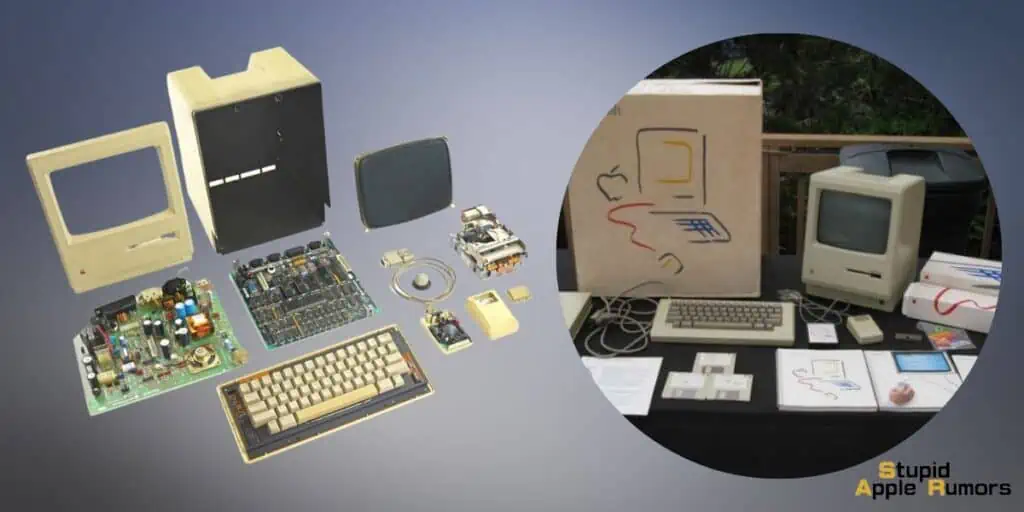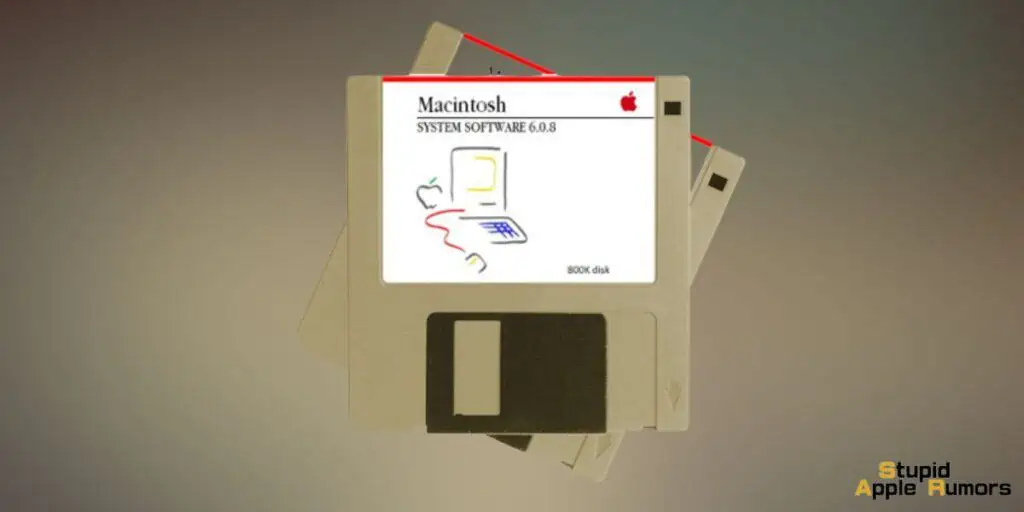The introduction of the first Macintosh in 1984 marked a pivotal moment in the history of personal computing, but how much did the first Macintosh cost?
Upon its release, the first Macintosh was priced at $2,495. Adjusted for inflation, this would be equivalent to approximately $7,100 in today’s currency.
This made the Macintosh a premium product in its time, positioning it as a high-end alternative to the more common IBM-compatible personal computers of the era.
Let’s get into the cost, release date, key takeaways, and unique aspects of the groundbreaking Macintosh.
Also check out: Who Designed Apple’s First Logo?
How Much Did the First Macintosh Cost?
Table of Contents
Why was the First Macintosh Priced So High?

Several factors contributed to the relatively high cost of the first Macintosh. One significant factor was the cutting-edge technology packed into the compact design.
The Macintosh featured a Motorola 68000 microprocessor, which was a powerful and expensive component at the time.
Additionally, the Macintosh’s graphical user interface (GUI) required more processing power and memory than its competitors, further driving up production costs.
The high-resolution 9-inch black-and-white display, which was capable of displaying 512×342 pixels, was another contributing factor to the cost.
This display technology was considered advanced for its time and added to the overall price of the Macintosh.
When Was the First Macintosh Released?

The first Macintosh was unveiled to the world on January 24, 1984, during Apple’s iconic Super Bowl XVIII commercial, directed by Ridley Scott.
The commercial, known as “1984,” positioned the Macintosh as a revolutionary product that would liberate users from the conformity of existing computing systems.
The Macintosh was officially released to the public two days after its unveiling, on January 26, 1984. The launch generated immense interest and garnered widespread media coverage, solidifying its place in computing history.
Key Takeaways from the Release
- User-Friendly Interface: The Macintosh’s most significant contribution to personal computing was its intuitive graphical user interface, which allowed users to interact with the computer using a mouse and icons, rather than relying solely on text-based commands. This innovation set a new standard for user-friendliness in computing.
- Compact Design: The Macintosh’s compact form factor was a departure from the bulkier, more utilitarian designs of its contemporaries. Its all-in-one design, featuring the monitor and CPU in a single unit, made it an aesthetically pleasing addition to any desk.
- Groundbreaking Software: Alongside the hardware, the Macintosh introduced a suite of software applications, including MacPaint and MacWrite, which showcased the capabilities of the graphical user interface. These applications became iconic in the world of early personal computing.
What Was Special About the First Macintosh?

One of the lesser-known features of the first Macintosh was its built-in 3.5-inch floppy disk drive.
This was a forward-thinking inclusion, as many other personal computers of the time were still using larger 5.25-inch floppy disks. The 3.5-inch format would eventually become the standard for portable storage.
Furthermore, the Macintosh’s ROM-based operating system, known as System Software, was another unique aspect.
Unlike other PCs that relied on booting from external disks, the Macintosh had its operating system stored in read-only memory, ensuring a consistent and stable user experience every time the computer was powered on.
Conclusion
The first Macintosh was a pioneering product that revolutionized personal computing.
Despite its initial high cost, it set a new standard for user-friendly interfaces, sleek design, and innovative hardware and software integration.
The Macintosh’s legacy continues to influence the world of computing to this day, making it an enduring symbol of Apple’s commitment to innovation and user-centric design.
Also Read:


